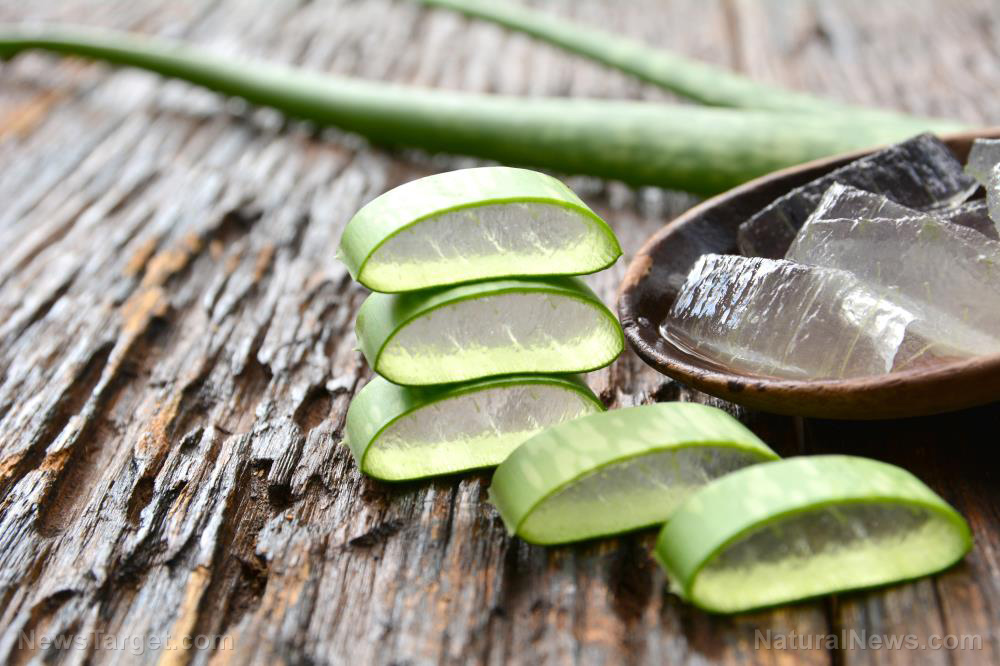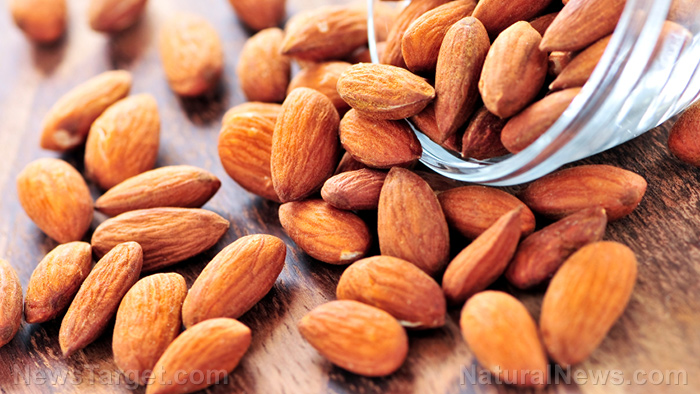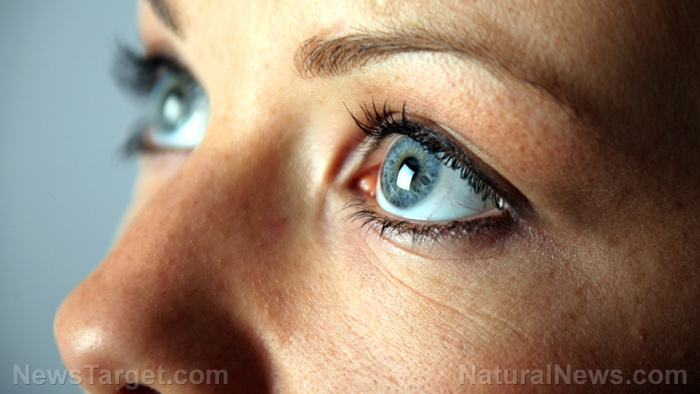Electroacupuncture found to improve blood flow and skin temperature in patients with poor blood supply to the heart
01/28/2019 / By Michelle Simmons

Electroacupuncture can enhance blood flow and skin temperature of patients with myocardial ischemia, a condition in which the heart does not get enough blood supply, according to a study published in the Journal of Traditional Chinese Medicine.
A team of researchers from the Beijing University of Traditional Chinese Medicine carried out a study on the effect of electroacupuncture on the blood flow and skin temperature of patients with myocardial ischemia. Electroacupuncture is similar to traditional acupuncture as it stimulates the same points during treatment. The needles are inserted on particular points along the body and then attached to a device that generates continuous electric pulses using small clips. The frequency and intensity of the impulse being delivered can be adjusted through the device. (Related: Electroacupuncture blocks release of stress hormones in the body, study finds)
In the study, the research team randomly divided the mice into five groups – a control group, sham operation group, model group, a model group treated with electroacupuncture at low frequency, and a model group treated with electroacupuncture at high frequency. The team then ligated the left anterior descending coronary artery of the rat model to induce myocardial ischemia.
The mouse models received electroacupuncture at the left Neiguan (Pericardium 6) for 20 minutes for three days. The skin temperature in the acupoint area is linked to the functional status of the viscera. In addition, earlier studies showed that puncturing Neiguan might relieve myocardial ischemic injury and regulate the heart rate.
After the mouse models were treated, the researchers measured the skin blood flow, as well as the temperature, in Neiguan and Tianquan in all groups with the use of laser speckle contrast imaging and infrared thermal image instruments. The researchers also measured mRNA level and protein level of alpha1- and beta2-adrenoreceptor (?1-AR and ?2-AR) in the skin tissues of Neiguan and Tianquan, respectively. The ?1-AR and ?2-AR play a vital role in the regulation of the skin temperature and blood flow in closing the link to the sympathetic nerve. Furthermore, they measured the serum levels cardiac troponin T ( cTnT) and electrocardiogram to determine the condition of the myocardium.
Results of the study showed that the decrease in the level of ?1-AR and increase in the level of ?2-AR of the Neiguan and Tianquan in the mouse models with acute myocardial ischemia, which were done through the application of low- or high-frequency electroacupuncture, resulted in the improvement of skin temperature and blood perfusion. The researchers concluded that low- or high-frequency electroacupuncture could enhance the skin temperature as well as blood flow in acute myocardial ischemia.
What is myocardial ischemia?
Also known as cardiac ischemia, myocardial ischemia develops when the flow of the blood in the heart is reduced, which causes the heart to receive insufficient oxygen. A partial or complete blockage of the arteries of the heart is the cause of blood flow reduction. This condition can impair the heart muscle, which in turn will decrease its ability to pump blood properly. Moreover, a sudden and severe blockage of a coronary artery can lead to a heart attack and may also result in serious abnormal heart rhythms.
The most common signs and symptoms of myocardial ischemia is chest pressure or pain, which usually occurs on the left side of the body. Other signs and symptoms include neck or jaw pain, shoulder or arm pain, a rapid heartbeat, shortness of breath when being physically active, nausea and vomiting, sweating, and fatigue. In some cases, people with myocardial ischemia may not experience any signs or symptoms.
Read more news stories and studies on traditional Chinese medicines at ChineseMedicine.news.
Sources include:
Tagged Under: acupuncture, Adrenoceptor, alternative medicine, blood circulation, Chinese Meicine, electroacupuncture, heart health, Myocardial ischemia, Naturopathy, Neiguan, Point PC 2, Point PC 6, prevention, research, Skin blood perfusion, Skin temperature, Tianquan



















